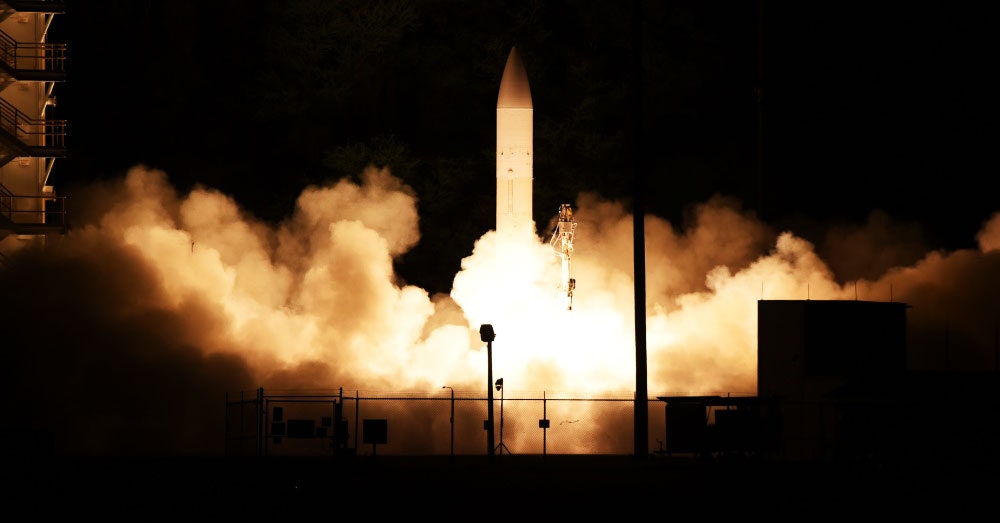
Last November, three months before Russian forces would invade Ukraine, Russia launched a Nudol missile interceptor that blew up Cosmos 1408, a defunct Soviet satellite, in the process flinging at least 1,400 bits of debris into low Earth orbit. The weapons test unsubtly demonstrated Russia’s anti-satellite military capabilities, which are comparable to those of China and the United States.
At the same time, Russia had reportedly been jamming GPS satellites, interfering with radio communications to and from spacecraft, thereby disrupting navigation tools the US military and others rely on. These kinds of electronic weapons, which can be deployed effectively against satellites and satellite-related infrastructure on the ground, are proliferating around the world, according to analysts at the Center for Strategic and International Studies and the Secure World Foundation.
Last week, the think tanks each released a new annual report assessing what has changed over the past year—and what hasn’t—involving anti-satellite and other “counter-space” weapons, which more and more countries are developing. The counter-space world now extends well beyond the big three military space actors—the US, China, and Russia—and other newer space powers, like India, Iran, and Japan. Researchers now argue that Australia, South Korea, and the United Kingdom should be considered emerging space powers as well.
“All these countries are laying the groundwork for more indigenous military space capabilities. They’re investing in military space organizations, they’re building resources for electronic warfare capabilities, and they’re building out a policy framework for some sort of military space aspirations,” says Victoria Samson, the Washington office director for the Broomfield, Colorado-based Secure World Foundation, or SWF.
Both reports draw attention to the Russian anti-satellite test, which like previous tests by Russia and other nations, generated long-lasting debris. The cloud of shrapnel from the blown-up satellite even briefly threatened the International Space Station, making the crew take shelter in a SpaceX Crew Dragon docked there, in case there was a collision. Other pieces of space junk still in orbit from earlier tests have remained there for decades, according to data from the SWF, which means continuing risks of collisions with active satellites.
“That [Russian] test has really galvanized the international space community to continue to push for a ban on testing that creates this kind of debris,” says Kaitlyn Johnson, a researcher at the Center for Strategic and International Studies (CSIS) and an author of the report.
Samson agrees. Even anti-satellite tests at lower altitudes, like the US’s and India’s, have still thrown hundreds, if not thousands, of bits of space garbage into higher orbits, where they linger longer and could endanger spacecraft. “There’s no such thing as a responsible anti-satellite test,” she says.
In the two reports, the analysts write that they also see nations increasing their investments in, and use of, electronic and cyberweapons. These technologies include the abilities to jam uplinks and downlinks, spoof satellites with fake signals, intercept data, or even possibly hack a satellite and seize control of it.


